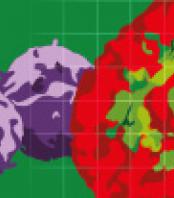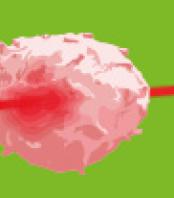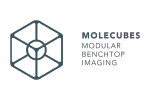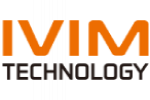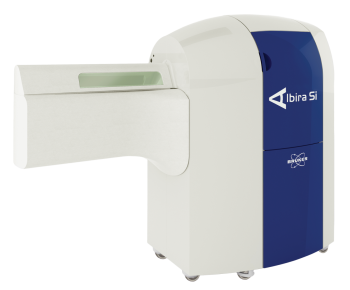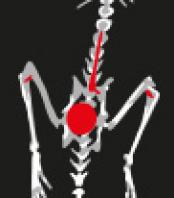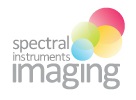At the David Geffen School of Medicine at the University of California, Los Angeles (UCLA), Anna Wu, Ph.D., professor and chair of the department of molecular and medical pharmacology, has been engineering antibodies for both therapeutic and imaging purposes. Antibodies meant for imaging, she points out, reflect a slightly different set of engineering characteristics.
Dr. Wu works with colleagues at UCLA and ImaginAb (a company she co-founded in 2007 and now serves as chief scientist) to engineer labeled antibodies. Because Dr. Wu in interested in advancing positron emission tomography (PET) imaging, she is engineering antibodies that incorporate positron-emitting radionucleotides.
“Each imaging modality has its strengths and weaknesses,” notes Dr. Wu. “Magnetic resonance imaging (MRI) gives you anatomical and physiological imaging, but it doesn’t have the sensitivity of PET. PET has a higher resolution and sensitivity compared to single-photon emission computed tomography (SPECT), but it has lower resolution than MRI or CT.”
Dr. Wu has chosen PET because it fits well with her antibody fragments (called minibodies and diabodies) in a process coined immunoPET. She favors PET because it can, she says, be combined with the specificity of antibodies.
“One of the key features of antibodies is they have very long circulating half-lives,” she points out. “Antibodies stay in the blood for days to weeks.” To match the half-lives of antibodies, she and others have been testing longer-lived positron emitters, such as zirconium-89. “The fluorine-18 everyone uses has a two-hour half-life, so it’s a challenge to make a fragment that targets and clears quickly enough to image.” Zirconium-89, in contrast, has a half-life that is a little over three days.
Read more
